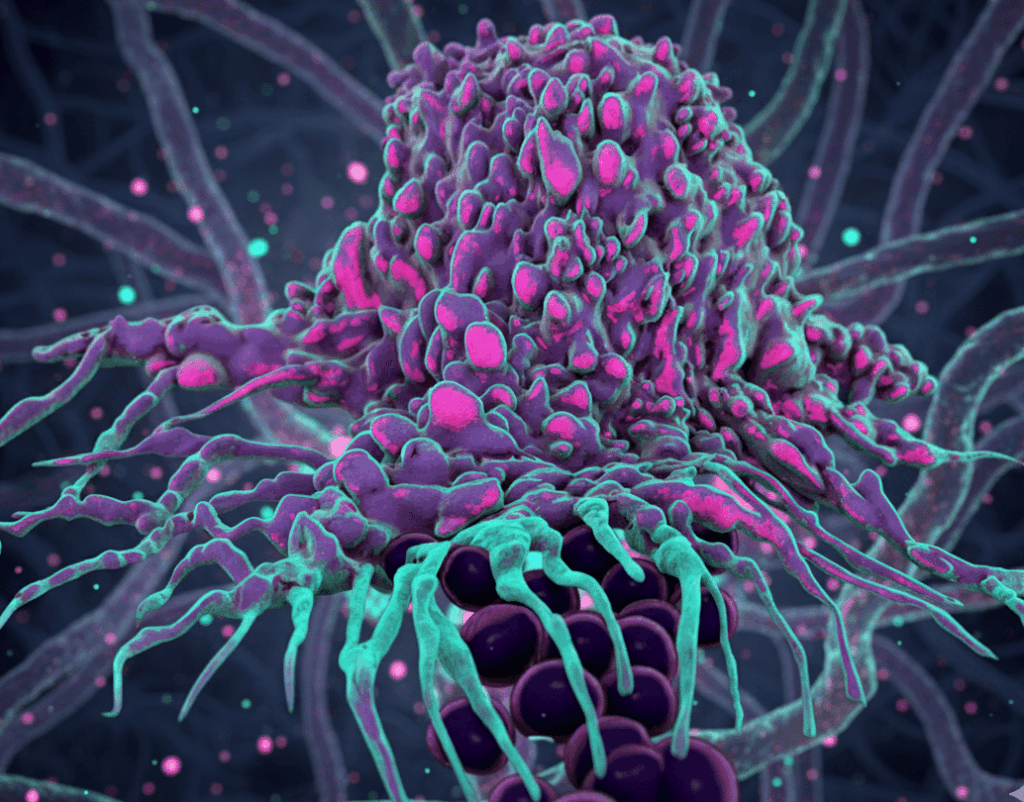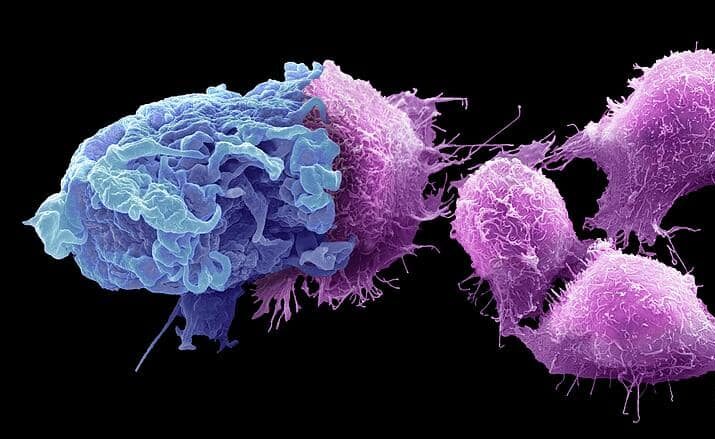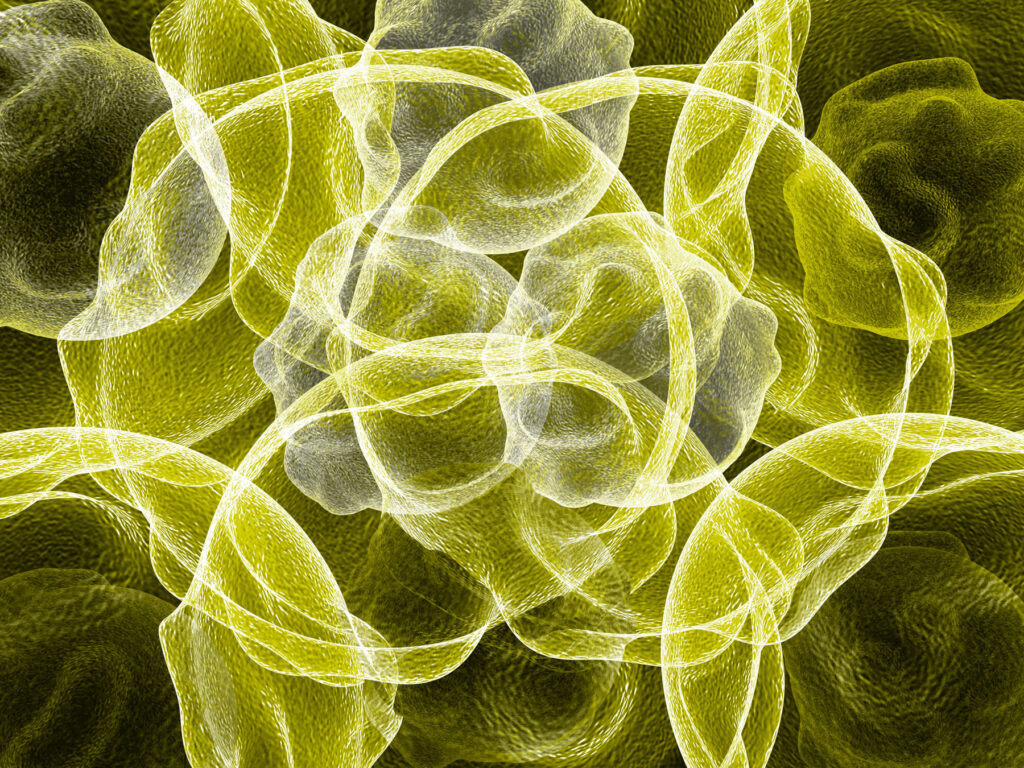This week, I had the pleasure of attending Advanced Therapies Europe. As always, it was incredibly exciting to hear about the amazing science and innovation in the sector. A key take-away from the whole conference was the ever-growing need in this sector for translation and commercialisation to keep pace with the speed of the innovation. The science is outstanding, but what really matters is converting the science into effective treatments and bringing these to patients. As I covered in my spotlight session at the conference, IP is an absolutely critical component of a commercialisation strategy. You need to have the right IP, you need IP that protects the market in the long term and you need to be able to communicate to pharmaceutical companies and investors the value and relevance of your IP to your technology.
IP is critical to the pharma industry. If the first question that pharma companies and investors ask is whether the science works, the next questions are always how is the market protected and for how long. The question for therapeutic developers is how they effectively answer these questions.
It is often the case that in a biotech company pitch not much, if any, time is devoted to IP. At best, it will simply be mentioned that “we have filed a patent” or “we will be filing a patent”. However, simply having a patent application, or even a granted patent, does not mean that you have necessarily protected the market.
Three principles of IP strategy for cell and gene therapy
There are three core principles of IP strategy for cell and gene therapies that can help biotech companies build a robust IP strategy that protects the market and thereby attracts investors and interest from large pharma companies.
First, as we have previously covered on Evolve Insights and in our recent webinar, it is essential to think beyond the process and to focus on patenting the product. Second, multiple layers of protection are needed to secure the market. This may include platform IP and IP capturing innovation at every stage of preclinical and clinical development, all the way up to market and beyond. Third, your IP is only going to be as good as your ability to communicate its value and relevance to your technology.
Thinking beyond the process
In cell and gene therapy, it is of course true that in the preclinical phase the manufacturing process will be the focus of innovation. After all, the mantra in the industry is that the product is the process. However, processes are not the best things about your advanced therapy to patent.
The first problem with process IP is that it changes all the time. Early process patents may end up not even covering the eventual clinical process that is submitted to regulatory authorities and taken to market (essentially rendering the patents worthless). Indeed, as was covered in the very first session of the Advanced Therapies Conference, there is a growing focus on process and manufacturing automation in the field. This may mean that a process may be radically changed for purposes of automation at even the mid- to late stages of clinical development.
Another problem with process patents is that they can be extraordinarily easy for competitors to design around. In this space, the field is often competitive, complex and crowded. Process patents will often therefore end up being correspondingly narrow, making it easy for competitors to avoid.
Finally, it can be very difficult to establish whether competitors are in fact using your patented process, given that all you may see is your competitor’s final product. Process patents can consequently be very difficult to enforce.
All of this tells us that the processes and manufacturing protocols for cell and gene therapies are often better protected by a robust trade secret policy than by patents. Pharma companies also often take a rather dim view of process patents. If your only IP protection comes from process patents, a pharma company may simply rule you out as a prospect, before even approaching you for confidential discussions. Pharmaceutical companies are instead looking for strong product IP in which they can have the confidence to invest.
Protect the product
If we think beyond the process, the question becomes how do we protect an advanced therapy product. Cell and gene therapies represent some unique challenges in this regard compared to traditional modalities. For small molecules, product IP covers chemical structure, whereas for peptides, nucleic acids and antibodies the sequence can be protected. In contrast, advanced therapies are hugely complex and can be made up of many different components, including delivery vectors, gene expression cassettes and heterogeneous populations of cells. Advanced therapies cannot be defined by a single sequence or structure.
However, in order to protect an advanced therapy product, the key is to take yourself out of the mindset that the process is the product. Once you do this, it quickly becomes apparent that there are huge opportunities for product IP. Whilst cell and gene therapy products are of course very complicated, we nonetheless know that they can be defined. In fact, it is absolutely critical that you establish methods of defining an advanced therapy product as being safe and effective before regulatory authorities will let you anywhere near the clinic. This topic was covered in the excellent panel session at the conference on the question of bridging the characterisation and analytics gap in cell and gene therapies. Whilst characterisation of advanced therapies is hard, it is also essential for regulatory purposes. The good news is that the problems you solve to characterise the product for the EMA and FDA are also the things that enable you to file strong and robust product patents.
For strong IP that is attractive to investors and collaborators you need to patent the product, not just the process.
Building an IP portfolio
The second principle of IP strategy for advanced therapies is to build layers of protection to secure the market. For a complex product such as a cell or gene therapy, there are multiple aspects of the product that can be protected, including expression molecules, the modified cells, and vectors. As the product enters the clinic, there are additionally many opportunities for capturing clinical innovation in order to provide further layers of protection and extend market exclusivity. These forms of IP include dose determination and formulation development during phase II and III. At the later stages of clinical development, still more opportunities for capturing IP emerge, including precision medicine approaches, new indications and combination therapies. There will also be opportunities for additional product IP for next generation approaches, such as the delivery vectors used for in vivo CAR-T approaches. In order to effectively protect the market for an expensive product such as a cell or gene therapy, these additional layers of protection are essential components of the IP protection for the technology that should be integrated into the translation and commercialisation strategy.
Ring-fence IP for your platform and the clinical leads
Another form of layered protection for advanced therapies comes from the division between IP that protects a platform and that which protects a clinical lead product. If the technology has any platform aspect, a clear strategy to ring-fence the platform and clinical lead IP is essential. Filing for and being able to separate your platform and product IP is particularly critical for successful deal-making, given that these separate buckets of IP will generally need different ownership structures and IP filings. A company may often, for example, wish to non-exclusively license its platform IP to multiple parties and retain ownership over any developments to the platform. By contrast, large pharmaceutical partners will wish to control, and potentially own, the IP for a pipeline product, as IP will be core to defining market exclusivity and royalty payments. It is therefore absolutely critical that a therapeutic developer is clear which IP is platform and which can be separated off as clinical lead IP.
Effectively communicate the value of your IP
At the early stages of development, your IP strategy will only be as good as your ability to communicate it, given that IP strategy must think at least 10 years ahead to when the product is on the market. Companies need to be able to explain clearly how their IP protects the market for their product and for how long. This final principle of IP strategy for advanced therapies brings the first two principles together. In practice, communicating your IP strategy means showing how your core product IP relates to the product and the solution that the technology provides, whilst also showing how you are building layers of protection. You need to be clear how broad or narrow your IP is and how it relates to the competitive landscape, for example, is the patent a narrow filing protecting a clinical lead, or is it broad field-blocking IP?
Another critical aspect about your IP strategy that you need to communicate is how long it protects the market. The patent expiry date, for example, will often determine the loss of exclusivity date (LoE) for the product. The LoE date will be used by pharmaceutical companies in all financial forecasting for the product in order to calculate whether there will be a return on investment. Related to this is the question of whether there are additional exclusivities, such as orphan drug exclusivity, that provide protection, and whether there is a strategy for building a portfolio of patents that will extend market protection beyond LoE.
Simply saying that a patent has been filed does not tell a potential pharma partner or investor whether the market is in fact protected or for how long.
Final thoughts
IP strategy for advanced therapies requires a deep understanding of the product and the marketplace. To attract investors and pharma collaborators, patents need to protect the product, not just the process. It is also important to build a portfolio of protection that captures the considerable innovation necessary to bring these astonishing products to the clinic and then to the market. Finally, IP strategy is only as good as your ability to communicate it. You need to be able to say why the IP you have protects your product, and how the market is protected long term.
Further reading
Why patents matter: Understanding the importance of IP in the pharma industry








